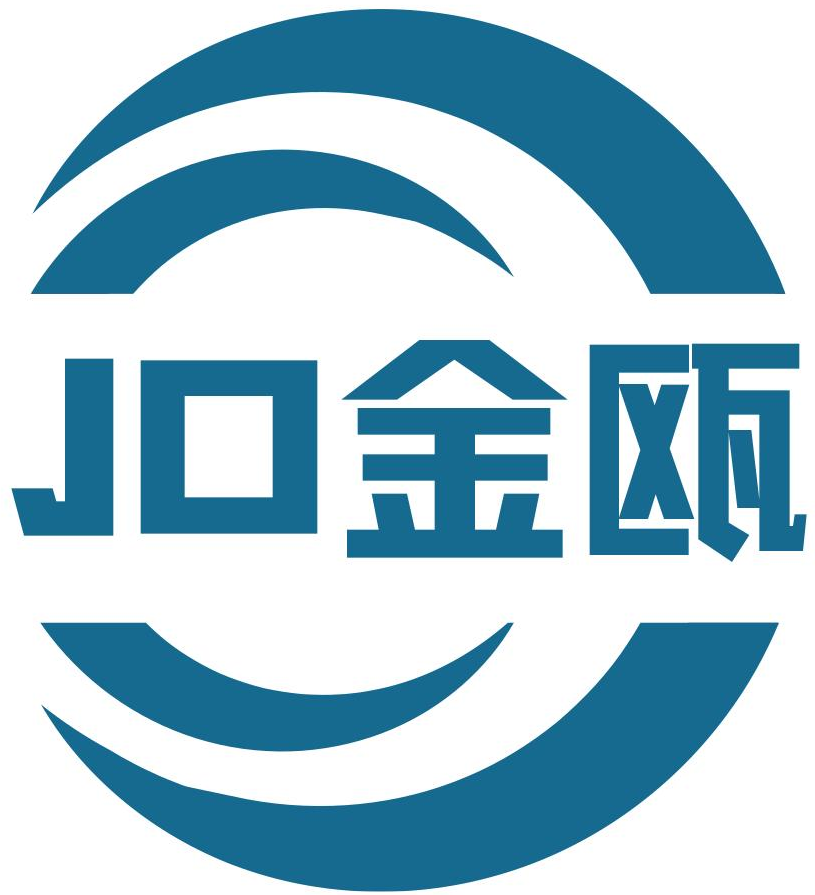Welding Concentric Heads
Welding Concentric Heads
Welding concentric heads is a common technique used in the field of metal fabrication and construction. This method involves joining two or more cylindrical or spherical objects with their axes aligned, creating a concentric configuration. The process requires precision and skill to ensure a strong and durable bond.
One of the primary applications of welding concentric heads is in the construction of pressure vessels, such as tanks and boilers. These vessels are designed to store and contain fluids or gases under high pressure. Welding concentric heads allows for the creation of a seamless and leak-proof structure, ensuring the safety and integrity of the vessel.
To weld concentric heads, several steps must be followed. First, the edges of the heads need to be prepared by cleaning and removing any contaminants. This is crucial to ensure a clean and solid weld joint. Next, the heads are aligned and clamped together, ensuring that they are centered and in the correct position.
The welding process begins with the selection of the appropriate welding technique and filler material. Common welding methods used for concentric heads include shielded metal arc welding (SMAW), gas tungsten arc welding (GTAW), and gas metal arc welding (GMAW). The choice of welding technique depends on factors such as the type of material being welded, the thickness of the heads, and the desired strength of the weld.
During the welding process, the welder carefully controls the heat input and the movement of the welding torch or electrode. This helps to ensure a consistent and uniform bead, minimizing the risk of defects such as porosity or cracks. The welder must also pay attention to the welding parameters, such as the welding current, voltage, and travel speed, to achieve the desired weld quality.
Once the welding is completed, the weld joint is inspected for any defects. Non-destructive testing methods, such as visual inspection, dye penetrant testing, or radiographic testing, may be employed to ensure the integrity of the weld. If any defects are detected, they must be repaired and re-inspected before the vessel can be put into service.
In conclusion, welding concentric heads is a critical process in the fabrication of pressure vessels. It requires skill, precision, and adherence to strict welding procedures to ensure a strong and reliable weld joint. By following the proper techniques and employing appropriate inspection methods, welders can create concentric heads that meet the highest standards of quality and safety.






